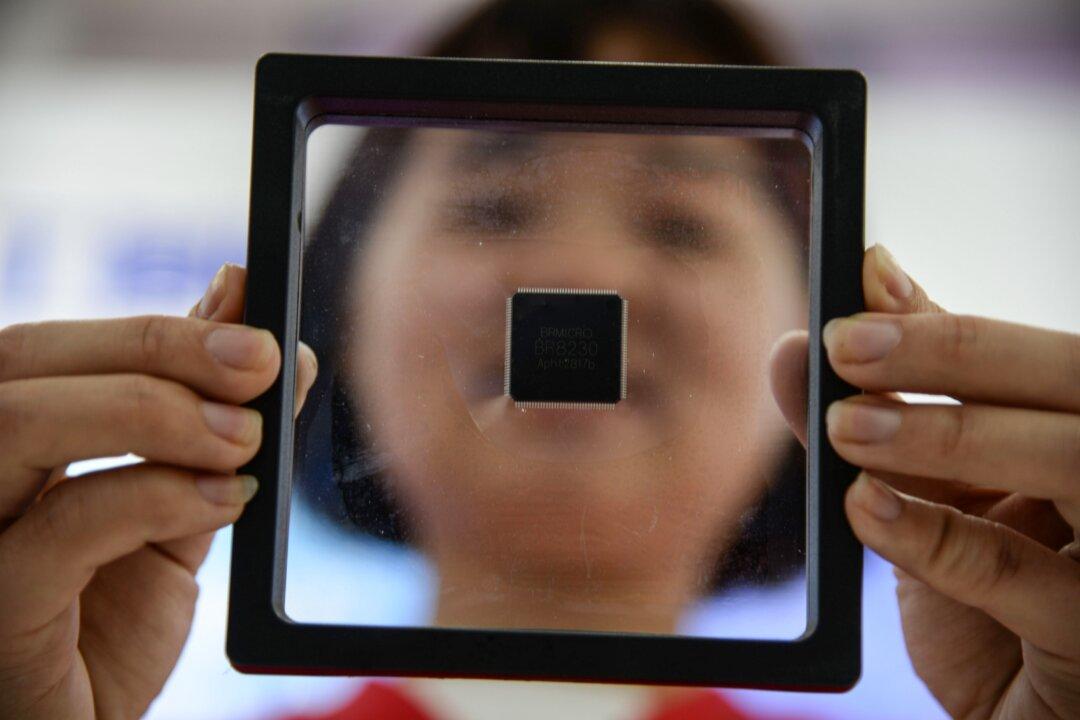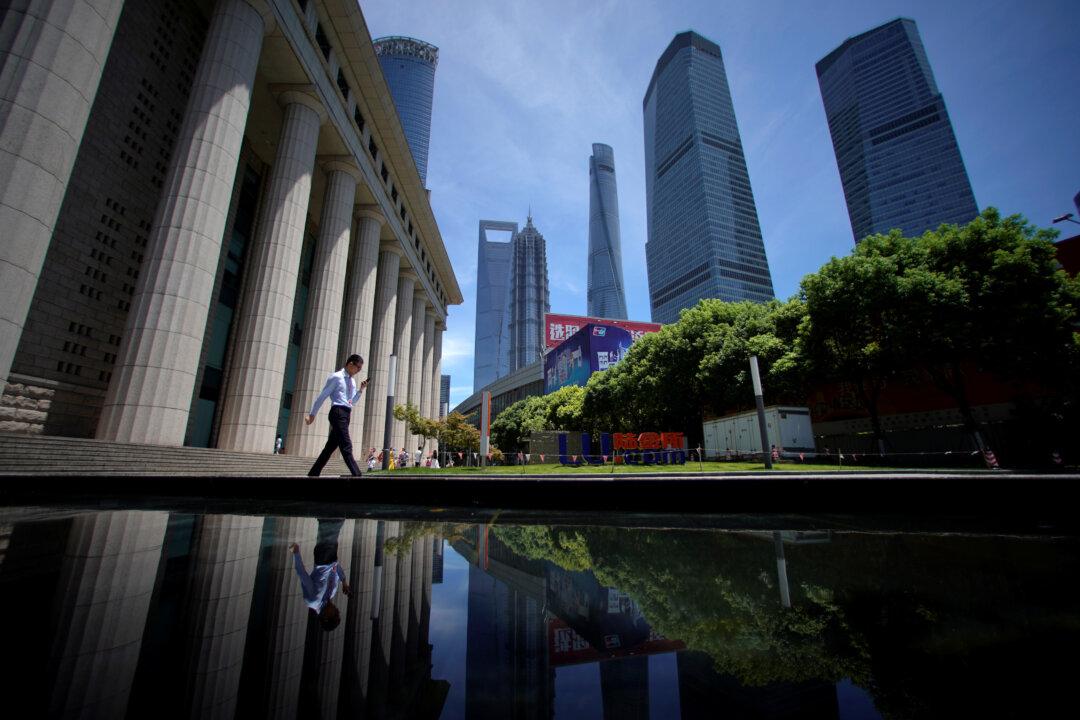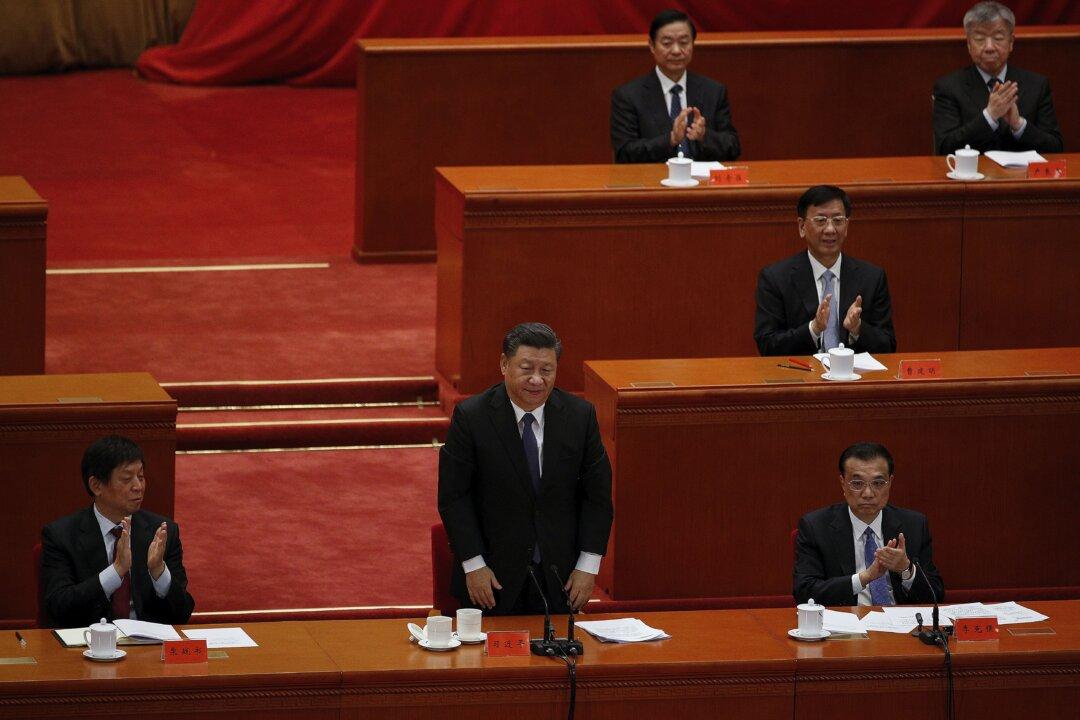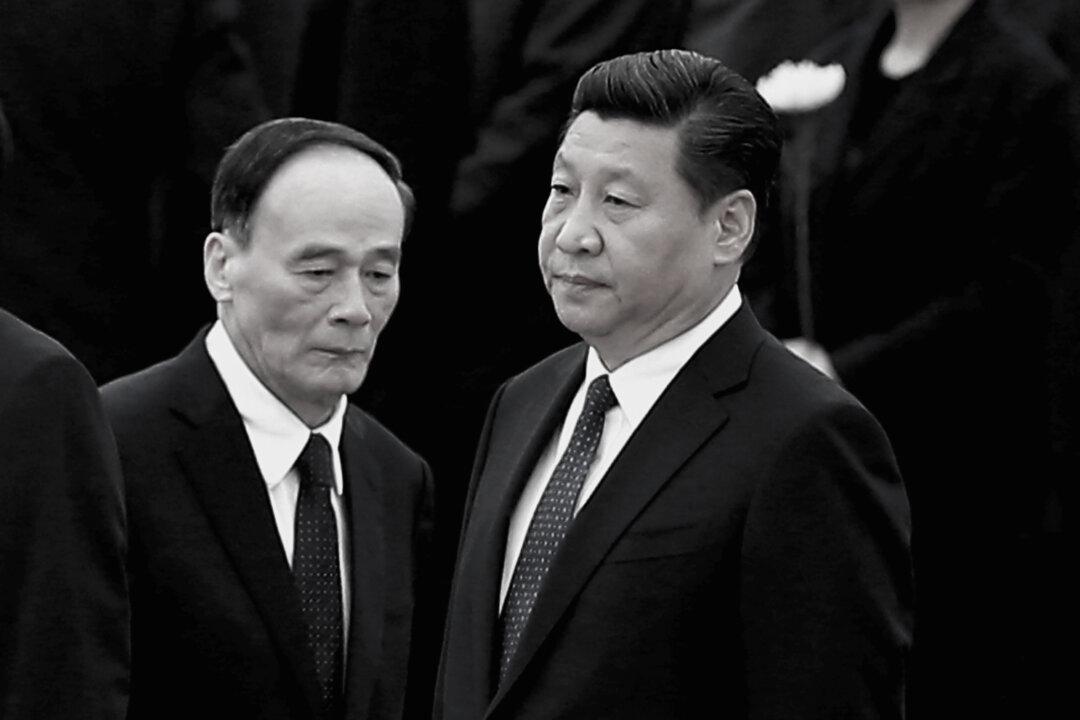Commentary
At a press conference held by China’s State Council Information Office on Sept. 16, Bai Chunli, the president of the Chinese Academy of Sciences (CAS), stated that in dealing with pressure from high-tech companies from the United States, CAS will strengthen its research on supercomputing systems and key materials in the next 10 years to help solve critical problems in these areas. But this sounds like a joke, as CAS is surrounded by scandals, driven by politics, and controlled by the Chinese regime.




